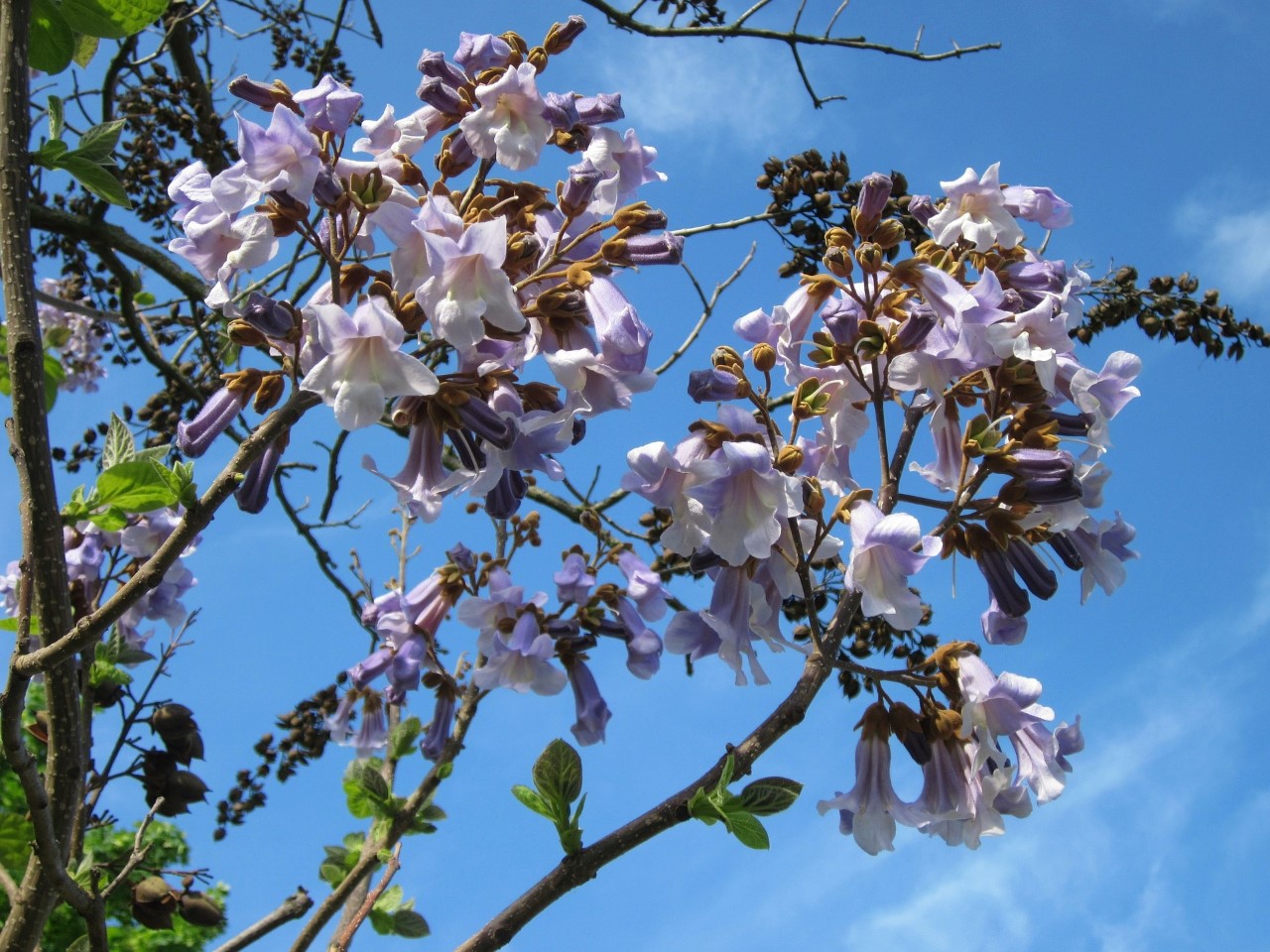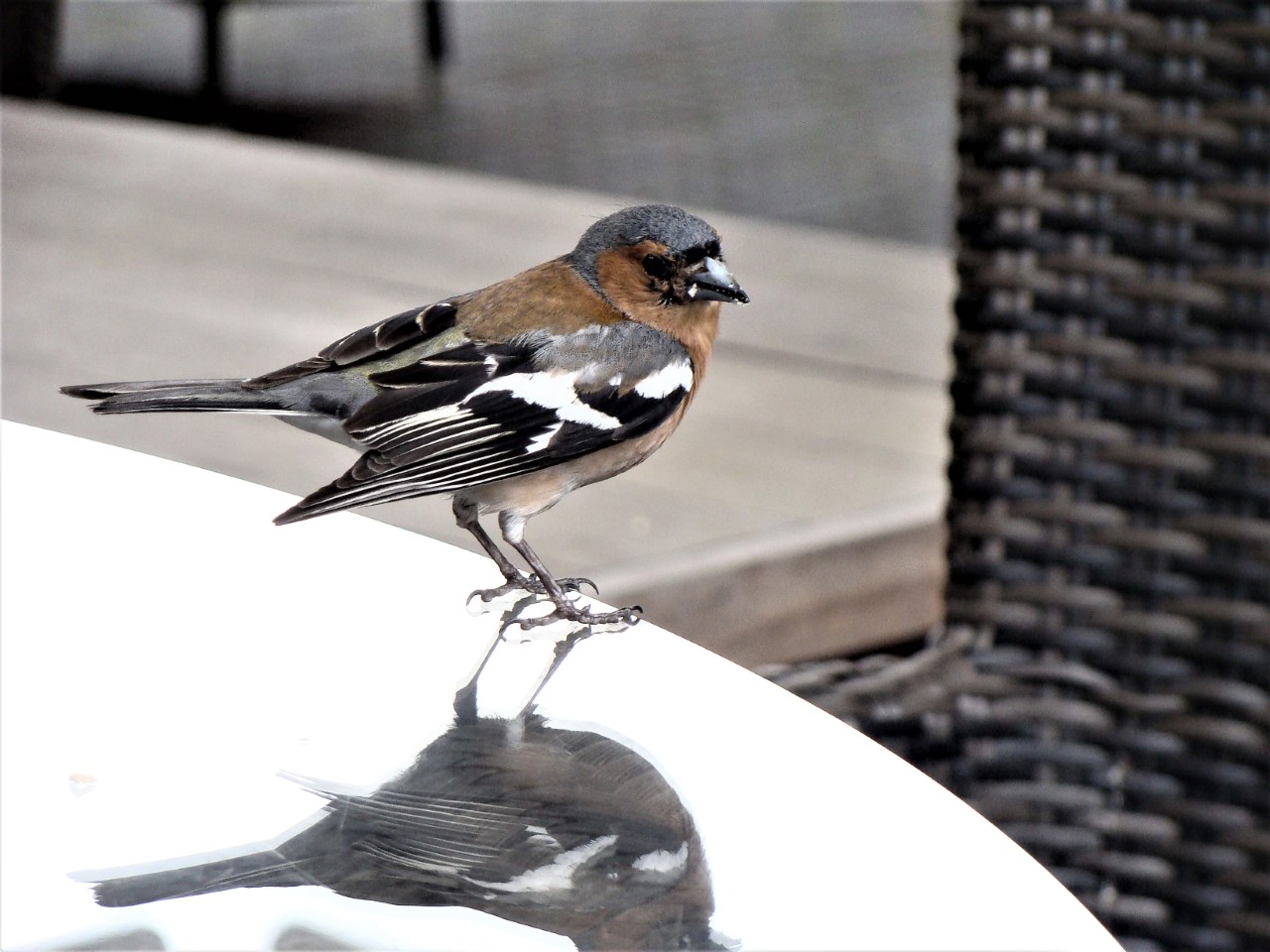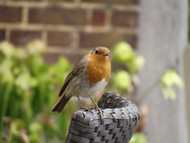Myddelton House | Enfield Botanical Garden | Dallaswear
Posted by Callum McCrimmon on 1st Jan 1970
Myddelton House Gardens
Myddelton House Gardens, an English Heritage Property and Regional Tourist Board Member, are located in the London Borough of Enfield, close to the M25 and with good transport links.

The Gardens were the home of Edward Augustus Bowles, one of the twentieth century’s great gardeners. Born at Myddelton House on 14th May 1865, as a child he was considered sickly and educated at home by the local vicar. As a result of this close bond EA Bowles intended to follow in his teacher’s footsteps and train to become a vicar. When tragedy struck, however, the death of one of his brothers and a sister caused him to rethink his plans. He abandoned his studies at Cambridge and returned home. He served his local church as warden and lay reader, and began charitable work for the community. He became a self-taught gardener, botanist and plant hunter. During this period, he began work on the gardens at Myddelton House. At weekends the local people he helped through his charitable work, were invited in to the gardens to take part in various sporting activities or to help with the gardening. He was also an accomplished self-taught artist. Although having sight in only one eye, his beautiful paintings were of such quality they are still held in collections at the Natural History Museum and the RHS Lindley Library. He was the author of a number of books about the gardens which were best sellers. In 1897 he became a member of the Royal Horticultural Society, earning their highest honour, the Victoria Medal of Honour, in 1916. He was a remarkable man. There is a small museum at Myddelton House where his story is brought to life. There are four of EA Bowles original watercolour paintings on temporary display, in the museum, that were completed from 1914 to 1930. The paintings are on loan from the daughter of Charlie Smith, who worked at the gardens from 1946 to 2000. The paintings were a gift to Mr Smith, from the Bowles family upon his retirement.
The gardens are a tranquil spot. Sitting in the gardens or enjoying a walk around the eight-acre site, it is difficult to believe we are so close to the city. The beautiful gardens are a haven for wildlife and visitors alike. There is a delightful tea room with indoor seating. Outside there are more tables in a walled courtyard. Large parasols shade visitors from the sun and there is a lovely atmosphere as robins and chaffinches dip down to collect dropped crumbs. Lunches are available, along with a selection of cakes or an indulgent cream tea or ice cream.
Plants from the gardens are often for sale in the courtyard and they add a lovely splash of colour, as do the potted plants that decorate the enclosed area.

Just off the courtyard, if you happen to visit at the right time, are the old stables. Here local artists hold exhibitions, which are a bonus to any visit to the gardens.
Myddelton House Gardens are a lovely place to visit at different times of the year, as the seasons change and different plants emerge. In Spring there is a fantastic display of snowdrops, followed by crocuses, a particular interest of EA Bowles. I look forward to visiting when the foxglove-tree, with its violet/purple blossom, is in flower. Native to China I’ve not seen many of them in this country so it’s always a treat to know there is one so close to home. A reconstructed Victorian Glasshouse has four climate zones and is home to exotic plants from around the world. Other highlights of the gardens include a large pond, a rock garden, alpine meadow and the Market Cross. Bowles was a keen collector of unusual objects and salvaged the market cross from a local builder’s yard. Japanese Knotweed was planted in the gardens by Bowles who was particularly impressed by its architectural qualities. Seen as an invasive species the gardeners today show that with the correct maintenance the plant can be kept under control. There are two species of Japanese Knotweed in the gardens.
Another lovely feature is the Kitchen Garden. There is a small stall offering seasonal, organic, fruit and vegetables grown in the gardens. We have enjoyed potatoes, squash and beautiful raspberries from the stall. The varieties on offer are often not available in the supermarkets. The fruit and veg are already bagged up and payment is via an honesty box! It’s always nice to wander by to see what’s on offer.

Alas, due to Covid-19, the gardens are closed at present. Before the second lockdown that we are in now, entry to the gardens had to be booked in advance, in order to maintain social distancing.
Access for disabled visitors is very good. There are some parts of the garden that are very steep but there are wheelchairs to borrow from the car park which, I think, is a very considerate gesture. There are also all the facilities one would like to see including ramps into the café and visitor centre and a disabled toilet.
The gardens are a beautiful place to visit. We often meet family and friends there and enjoy lingering in the courtyard, chatting, catching up and of course indulging in a sweet treat from the tea room!

